Neuroarchitecture is an exciting field that marries neuroscience with architecture, exploring how our built environments can impact our mental and physical health.
By understanding how different architectural designs influence our brain activity and emotions, neuroarchitecture offers insights into creating spaces that enhance well-being, productivity, and happiness.
From schools to hospitals, and even your home, the principles of neuroarchitecture can be applied almost anywhere to improve quality of life.
Here, we explore 10 surprising facts about neuroarchitecture that might change the way you think about the buildings around you.
1. Biophilic Design Benefits
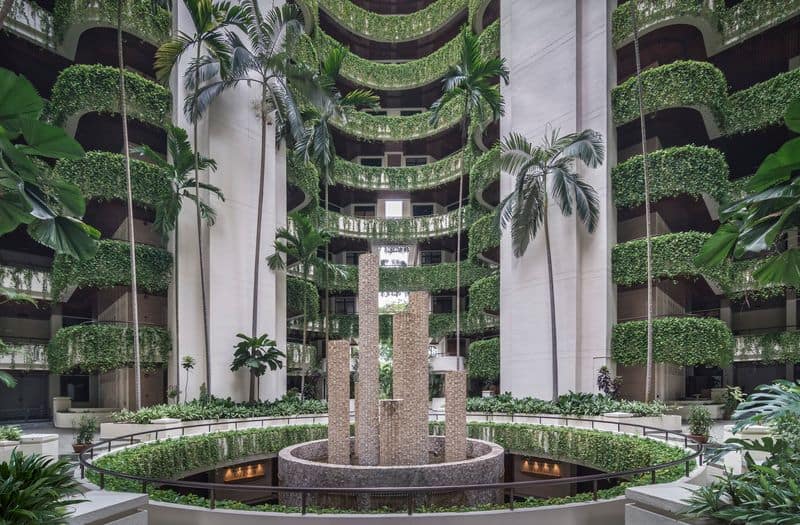
Biophilic design emphasizes the integration of natural elements into architectural spaces. By incorporating greenery, water, and natural light, this approach aims to foster a sense of calm and well-being.
Studies show that exposure to nature-inspired environments can reduce stress levels and enhance cognitive function.
For instance, offices with plants and daylight access often report higher employee productivity and satisfaction.
After all, humans have an innate affinity for nature, and biophilic design taps into this connection to create more harmonious living and working spaces.
Whether at home or work, embracing nature can make a significant difference.
2. The Power of Color
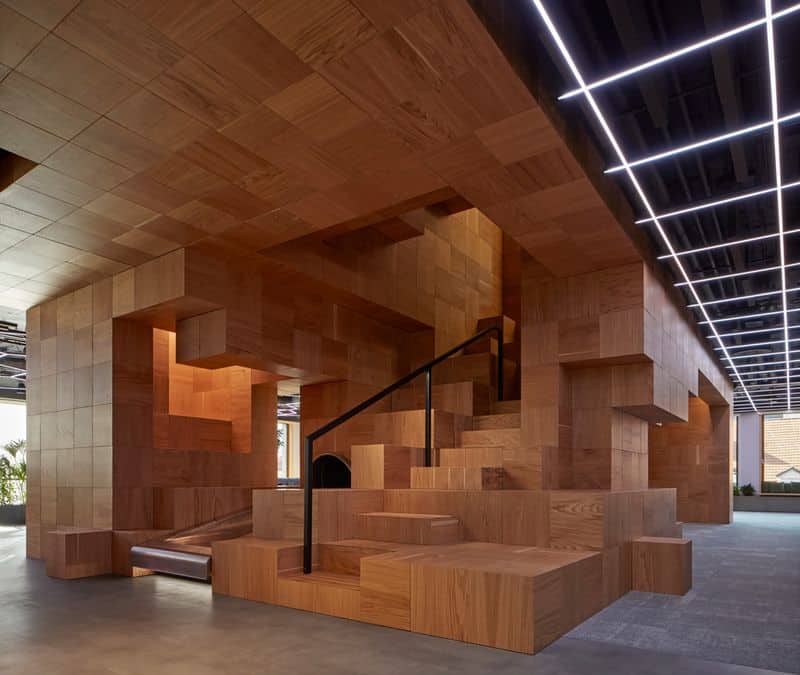
Colors can profoundly affect our emotions and behavior. Neuroarchitecture leverages this by choosing color palettes that support the intended use of a space.
For example, blue hues are often used in spaces intended for relaxation, as they invoke calmness. Conversely, vibrant colors like red can stimulate energy and are suitable for areas requiring activity.
Understanding color psychology can guide designers in creating environments that align with the desired mood and function of a space.
So next time you’re redecorating, consider how the colors you choose might impact your mood and productivity.
3. Acoustic Influence
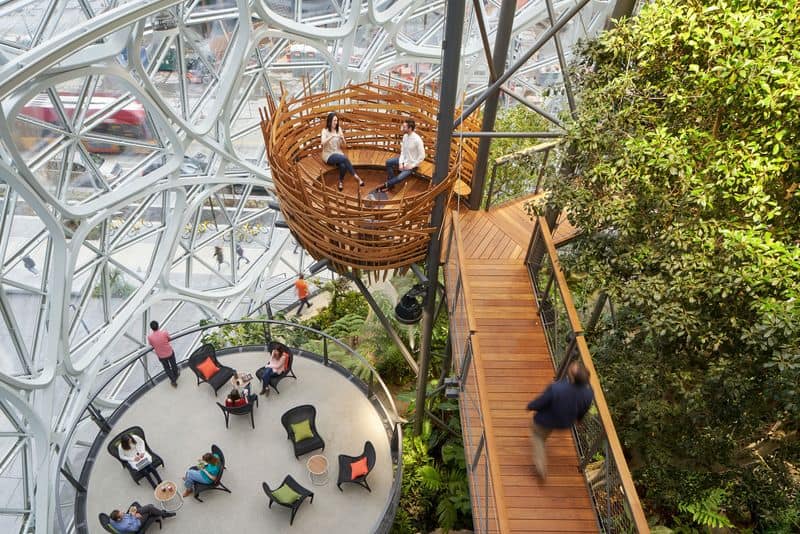
Sound plays a crucial role in shaping our experience within spaces. Neuroarchitecture studies suggest that poor acoustics can lead to increased stress and decreased concentration.
By integrating sound-absorbing materials and considering the acoustical properties during design, spaces can become more comfortable and conducive to their intended purpose.
Libraries, for example, often use soft materials and strategic layouts to minimize noise.
Whether it’s a workspace or a home environment, paying attention to sound can improve focus and reduce stress, making it a critical component of thoughtful design.
4. Spatial Configuration Matters

The layout of a space can significantly affect how we interact and feel within it. Open-plan designs encourage collaboration but can sometimes lead to distractions.
Conversely, spaces with thoughtful segmentation can offer both privacy and opportunities for interaction. Understanding spatial configuration helps in designing environments that meet the needs of its users.
For instance, modern offices often balance open spaces with quiet zones. Similarly, homes can be arranged to facilitate both social gatherings and privacy.
Effective spatial planning ensures that spaces are functional and supportive of their users’ needs.
5. Lighting’s Psychological Impact
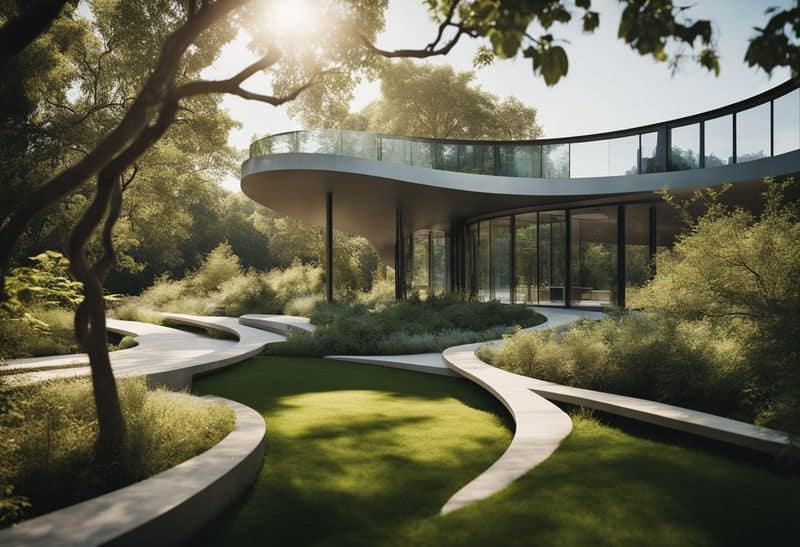
Lighting can influence mood, productivity, and even health. Natural light is especially beneficial, improving mood and reducing fatigue.
In spaces where natural light is scarce, well-designed artificial lighting can mimic these benefits.
Neuroarchitecture emphasizes lighting that enhances well-being. For instance, adjustable lighting in workspaces can improve focus throughout the day.
Different lighting temperatures can also evoke different feelings; warm lights are relaxing, while cooler lights can invigorate.
Whether you’re designing a cozy home or an efficient office, considering lighting’s impact is essential for creating a supportive environment.
6. The Role of Texture

Textures add depth and character to a space, influencing how we perceive and enjoy it. In neuroarchitecture, the tactile quality of surfaces can affect our emotional responses.
Smooth, soft textures are often associated with comfort and luxury, while rough, natural textures can evoke grounding and connection with the environment.
Incorporating a variety of textures can make spaces feel more engaging and dynamic.
A balanced mix of materials, such as wood, fabric, and stone, can enhance both the aesthetic and sensory experience of a space, contributing to its overall appeal and comfort.
7. Impact of Ceiling Height

Ceiling height can subtly influence how we feel in a space. Higher ceilings are often associated with a sense of freedom and openness.
They can inspire creativity and broaden perspective, making them ideal for studios and creative workspaces.
Conversely, lower ceilings can create a cozy, intimate atmosphere, suitable for relaxation and focus. The choice of ceiling height should align with the intended use of the space.
By understanding the psychological effects of ceiling height, architects can design environments that enhance the desired experience and mood of its occupants.
8. The Influence of Scents
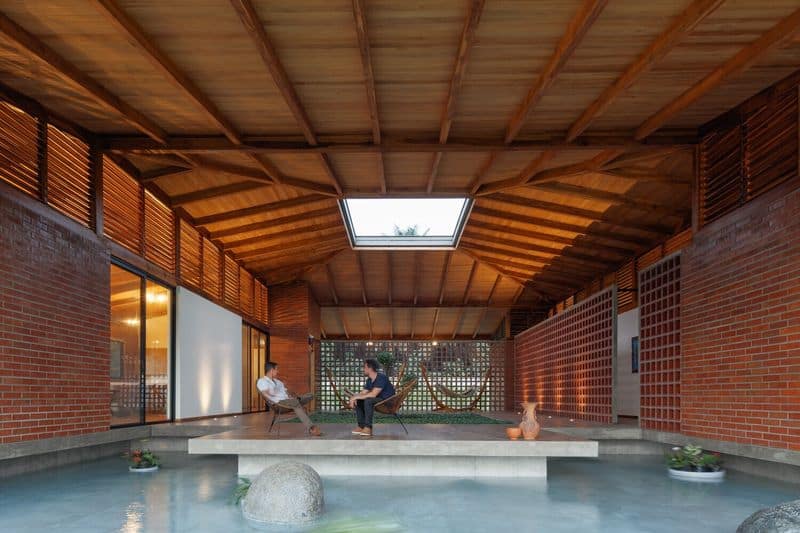
Scent is a powerful yet often overlooked element in design. Neuroarchitecture explores how different aromas can alter mood and perception of a space.
For instance, lavender is known for its calming effects, making it ideal for bedrooms or relaxation areas. On the other hand, citrus scents can invigorate and refresh, perfect for workspaces.
Incorporating scent into design requires subtlety; too strong a fragrance can be overwhelming.
By understanding the impact of scent, spaces can be crafted to evoke the right emotions and enhance the overall experience, making them more pleasant and inviting.
9. Emotional Connectivity
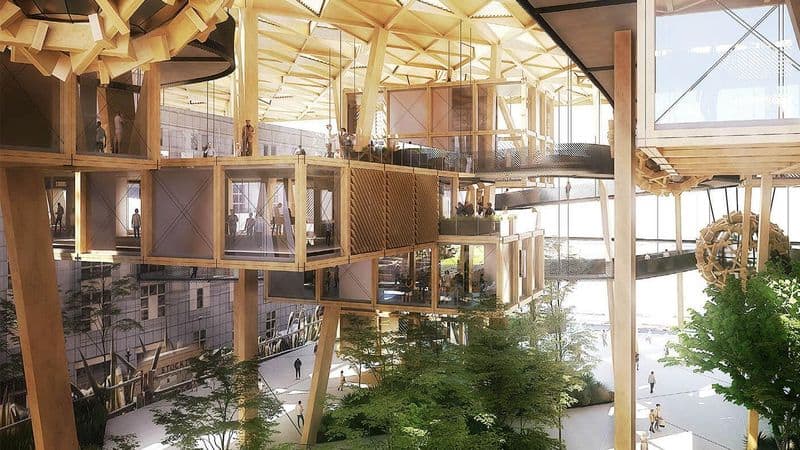
Designing with emotional connectivity involves creating spaces that resonate with personal identity and experiences.
Personal touches, such as family photos or meaningful artifacts, can transform a house into a home.
Neuroarchitecture recognizes the importance of these elements in fostering emotional well-being. Spaces that reflect personal values and memories can offer comfort and a sense of belonging.
Whether in a home or a public space, integrating elements that users can emotionally connect with can enhance satisfaction and happiness, making the environment truly supportive and nurturing.
10. Technology Integration

Modern technology has become an integral part of our living spaces. Neuroarchitecture looks at how smart technologies can enhance comfort and efficiency in our environments.
Automated systems for lighting, climate control, and security offer convenience and energy savings. However, careful integration is key to avoiding technological overload.
Spaces should be designed to seamlessly incorporate technology without compromising aesthetics or functionality.
By thoughtfully integrating technology, environments can become more adaptable and responsive to the needs of their users, enhancing both day-to-day living and long-term satisfaction.

